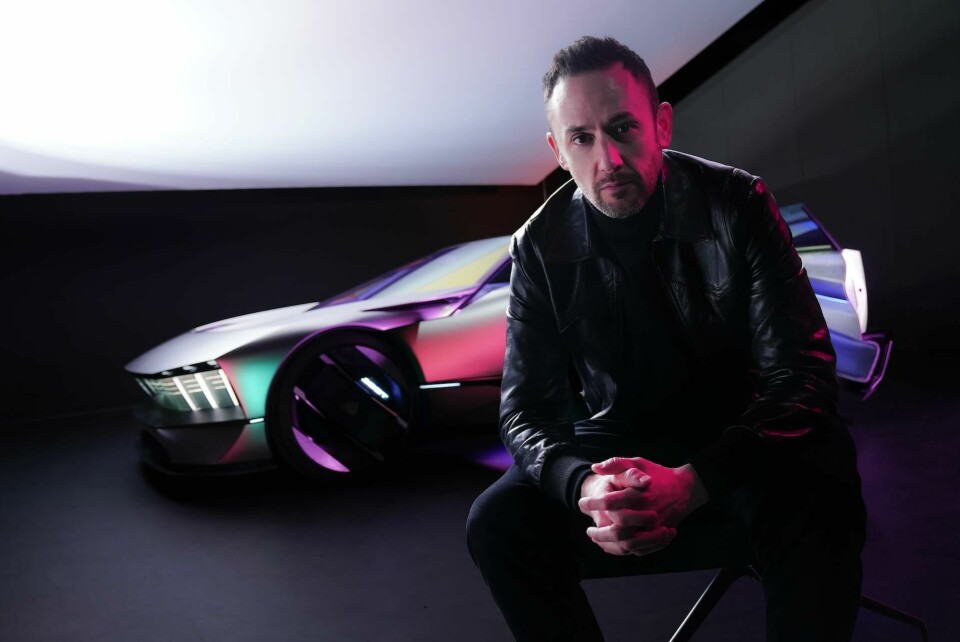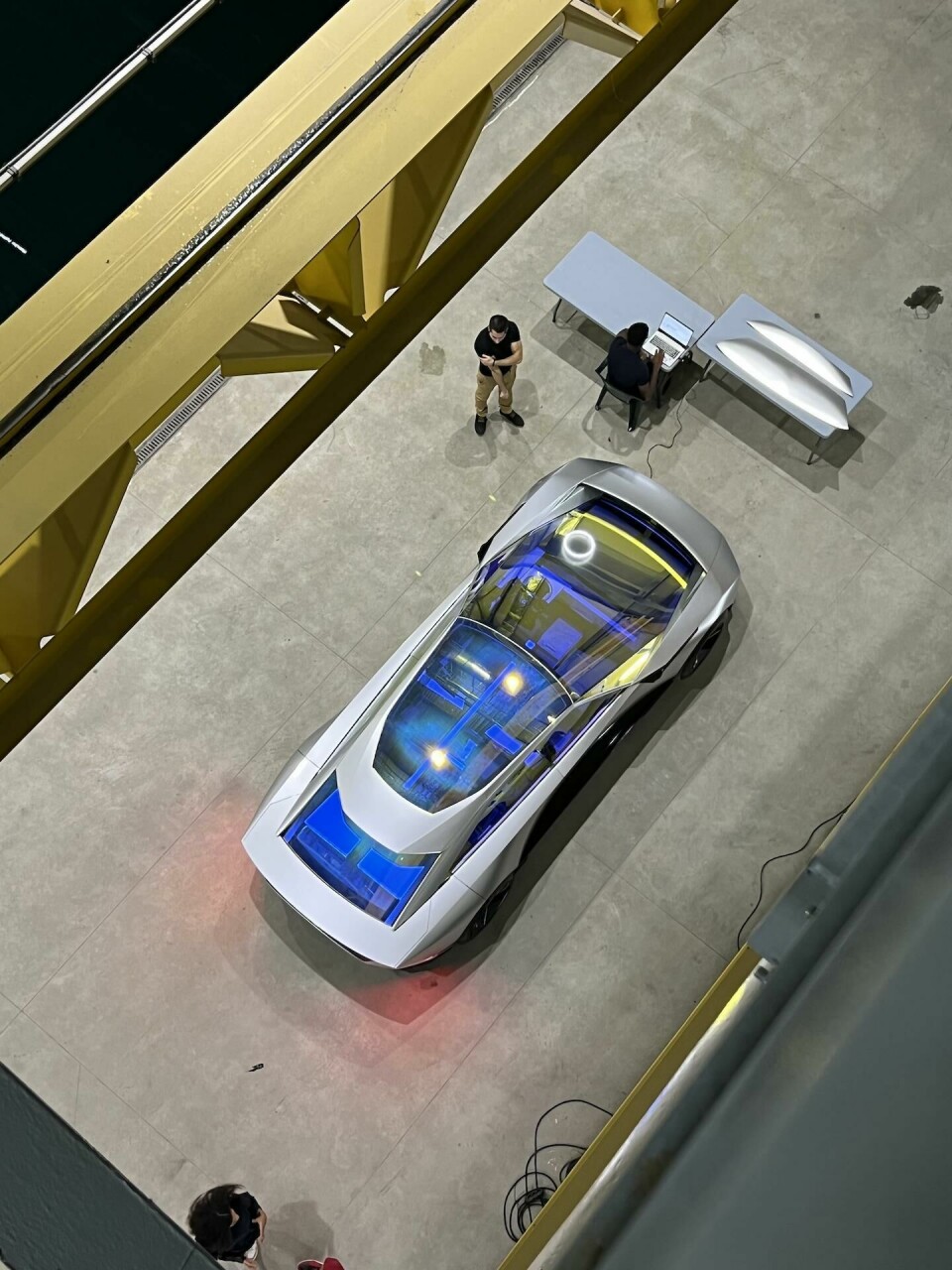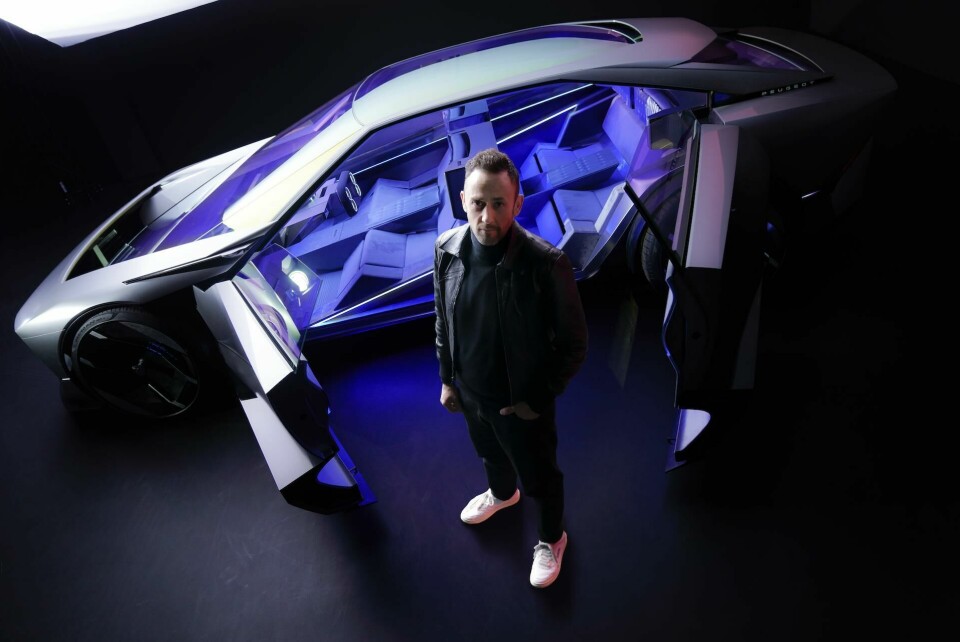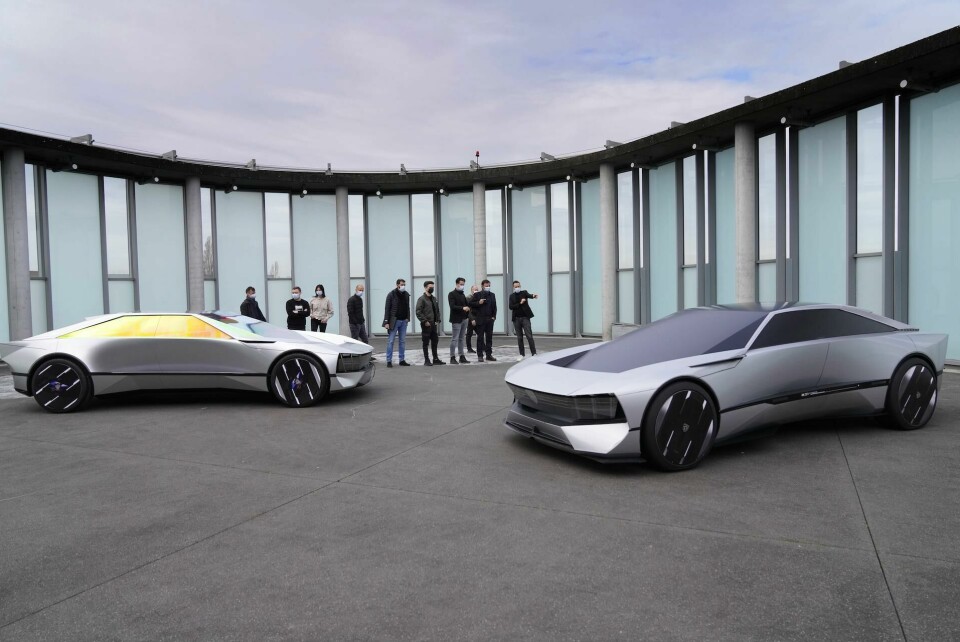
Experience is the future for Peugeot design
Peugeot design director Matthias Hossann chats to Mark Smyth about the Inception concept and what clues it gives us about the brand’s design direction
Peugeot made a dramatic statement when it unveiled the Inception concept at CES in Las Vegas. It not only had the wow factor we like to see in a concept, but it also provides some strong clues as to where Peugeot design is headed. Matthias Hossann is the brand design director and gave us some insight into the concept, how it will shape future designs and how he sees the role of a designer changing.
“With the Inception, I would say it’s more than just a concept car, it’s a brand vision,” he says. “It is showing some direction or evolution in terms of design, but more than that, it gives some indication in terms of brand spirit and brand vision, what we would like to implement in the future.”

Brand recognition is a key element of that, with Hossann saying that a Peugeot needs to be recognisable from a distance. “You need to really understand that it is a Peugeot through the distinctive architecture and the lines,” he says.
Then there’s the three-claw light signature, a distinctive feature across all models but one which still needs to differ throughout the range. “I don’t want to apply the same recipe on all the models. I think it’s a big risk for the brand because again, you are not applying the same rules on all the cars. I think what has been successful for Peugeot in recent years is the nice light signature, but depending on the model, we apply it in a different way and this is something I want to pursue in the future.”
That future also needs to draw on the past, retaining the Peugeot legacy and DNA. Hossann sees this as a challenge, particularly as Peugeot is one of the oldest brands in the Stellantis group. It’s all about contrast, he says, retaining the DNA but being what he calls “future forward.”
Designers will be employed for much more than just designing a product
Peugeot gave us a few additional hints at that future during its E-Lion Days as it begins to undergo its own revolution and switch to being fully electric in Europe by 2030. Hossann can’t elaborate too much on the future designs, which will initially include five new EVs over the next two years, but he says Inception is more than just a showcase of future design language, it’s about an experience.
“We believe design in the future will be more than just having some nice surfacing, it will become a holistic experience of the brand,” he says. “Designers will be employed for much more than just designing a product, instead conceiving the 360 experience that we want to deliver for the customer.”
Hossann is adamant that the traditional feline posture of Peugeot models will continue and he’s confident that all future models will continue to offer plenty of emotion.
“On every single product that we design in the future, we want to keep this pouncing attitude, this emotion in our product. When you think about the EV, sometimes you come up with a nice product that maybe lacks emotion, but this is not the direction we want to go,” he says. “We want to keep this felinity because we are this lion brand. Sometimes it’s a contrast between this strong emotion, a nice architecture and dynamic attitude, but also the technological aspect. It’s about adding high definition execution, creating precision onboarding with the technology, but in a way that is not cold from an experience point of view.”
There was certainly no shortage of tech in the Inception, including its Hypersquare steering wheel, but Hossann says it’s not about implementing technology for the sake of it but rather to understand the needs of the customer.
He says that feedback shows many people do not even use in-car tech, including screens, and so it needs to provide a real experience for the user while also meeting the need for good aesthetics. Like other designers, Hossann is keen to find a way to hide the tech where possible, allowing users to access it only when needed.
We are at the beginning of the story of a plain screen. Ideally we would remove this surface for real materials
“A challenge for us as designers is that we want an object which is as clean as possible, but we need to try to find a way to integrate this technology behind the surface or creating a design theme from this technology,” he says. That’s true externally when it comes to hiding sensors for example, or something like the exterior messaging bar on Inception, which allows the owner to interact with the car without having to look at an app.
Here again, the role of the designer may change as the lifespan of cars increases and this technology needs to remain up to date even beyond the straightforward features like over-the-air-updates for HMI.
“It’s a new way of considering the product, a new way for a designer to have this new connection with the product,” he says. “Today we design, produce and deliver the car to the customer. After that there is not much connection between the designer and the customer. Maybe it’s a bit of a new approach in the future, in terms of updating, upgrading, refreshing.”
In recent years that new approach has been focused on the HMI, but Hossann hopes that eventually screens will disappear as there is a new focus on interior design.

“There is a limitation of having big screens, because we are all connected on a daily basis at some point and this is what we’re expressing with Inception. You can decide to have a screen and watch a movie during an autonomous drive or you can decide to not have any screen and just enjoy the journey,” he says. “We are almost at the beginning of the story of a plain screen on our car and I believe in the future, ideally we would like to remove this blackish surface in order to give more room for real materials.”
What will make the difference between all the brands? I think it’s design
He sees that as more likely when technology allows for projection, holographic tech and even mixed reality as we saw in the BMW i-Vision Dee. Along with 3D printing and new sustainable materials, mixed reality is an area Hossann finds an exciting prospect for the future, able to completely transform the in-car experience. Projection of any sort requires glass surfacing, providing a connection between the interior and outside world, but he insists designs should retain recognisable body style lines rather than making everything look like an MPV.

Speaking of body styles, if Hossann could only produce one for the rest of his career, what would it be? A tough question particularly in this era of SUVs, but he believes the low-roof car will be interesting in the future because of efficiency. This could mean crossovers, but Peugeot is renowned for its saloons which he says are deeply connected with the brand and will provide the opportunity to create some exciting models in the future, although he does have one clear favourite, the estate or station wagon.
“You have roominess, you can really enjoy driving and you have this driving sensation,” he says. “I think this is, from my point of view, one of the best compromises in terms of silhouette or body type.”

No doubt estates will feature in Peugeot’s electric future, but regardless of the body style, Hossann sees the switch to electric as both a challenge and an exciting opportunity. With electric he says everyone is working with a similar powertrain, removing that differentiation and even changing the perception of mainstream, premium or luxury. Instead it will be about design.
“What will make the difference between all the brands?” he says. “I think it’s design, the aesthetic experience and the global experience for the brand. I think it’s a challenge for us as designers to create this strong differentiation and that’s why I think it’s a fantastic opportunity for us at Peugeot to mix the strong historical DNA and future forward thinking in order to create a unique experience for the customer.”


































